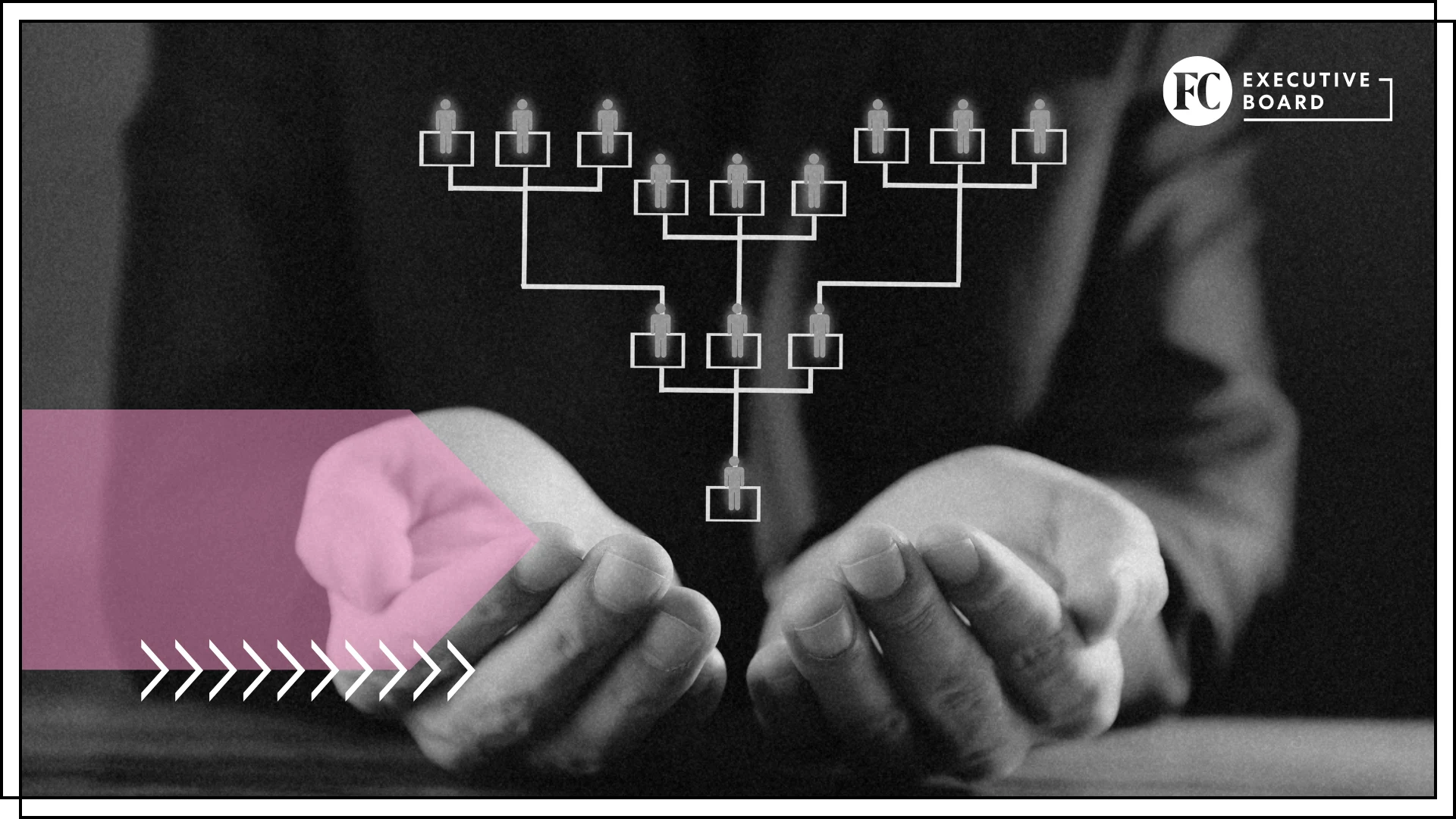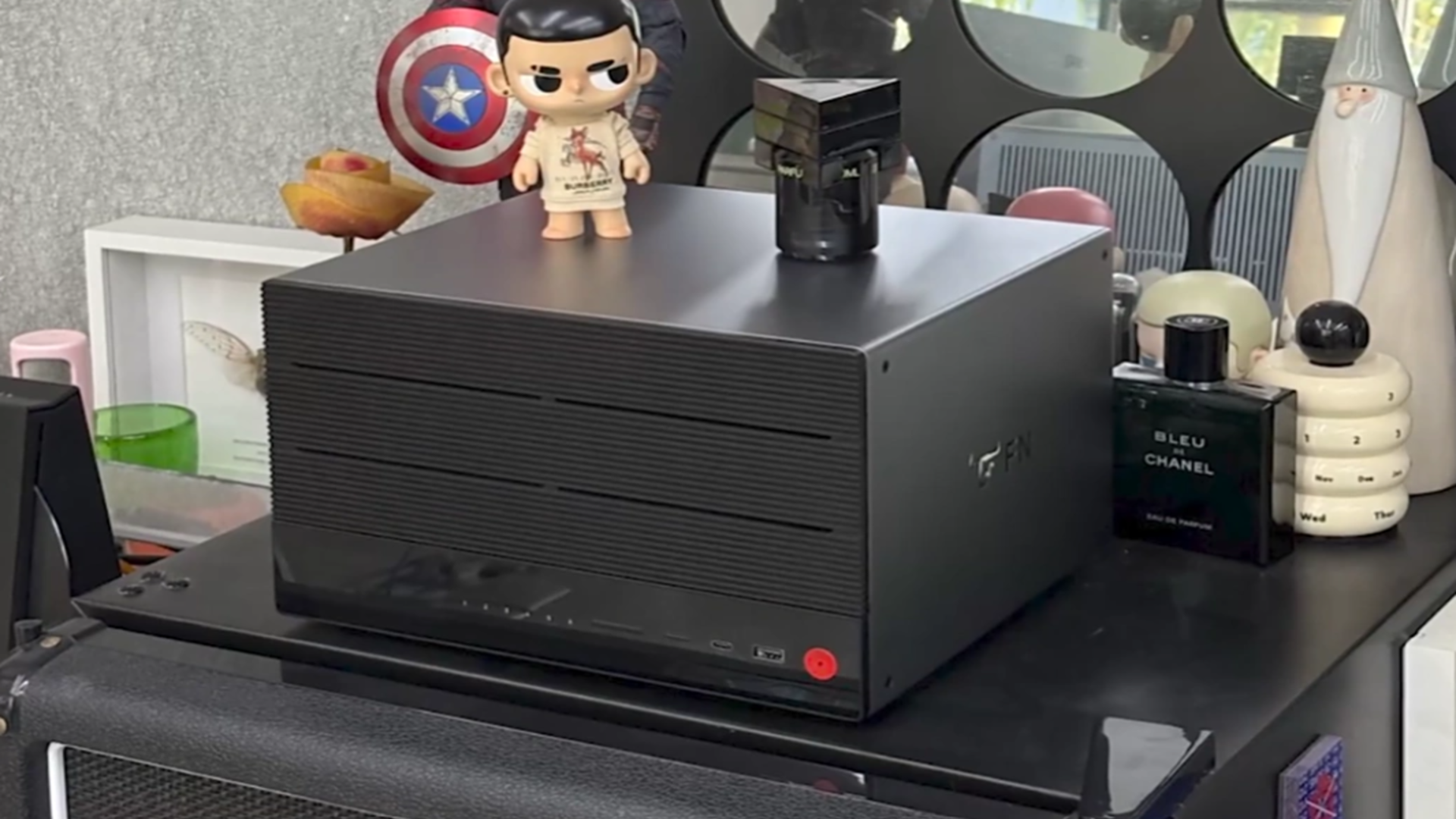
In my work as a CEO and top team advisor, I have the privilege of watching leadership transformation unfold at the highest levels of organizations around the world. The pattern is consistent: Growth undoubtedly must begin with the CEO.
When a CEO commits to their development, they start to lead in a more elevated way, focusing on enterprise impact and long-term growth. But here’s the reality: As the CEO ascends to that higher level of leadership, they inevitably leave gaps. The day-to-day decisions, the tactical oversight, and even some of the cross-functional coordination they once held can no longer live with them. Someone has to step in.
That someone is the executive committee (ExCo).
When ExCo members rise into more strategic, enterprise-first leadership, they take on the gaps the CEO leaves as they ascend. But that triggers the same dynamic: As they elevate, direct reports—the minus-two level—must step up and expand their leadership capacity.
Subscribe to the Daily newsletter.Fast Company’s trending stories delivered to you every day
Privacy Policy
|
Fast Company Newsletters
This is the point where organizations either accelerate or stall.
THE CRUCIAL ROLE OF THE MINUS-TWO LEVEL
Many people often overlook the minus-two level. These are not the visible C-suite leaders; they don’t always sit in boardrooms or get featured in annual reports. But they are the backbone of the enterprise.
At this level, leaders run major business units, functions, and regions. They are close enough to the frontline to understand operational realities but senior enough to drive strategy execution. They connect vision and reality.
If they rise when the ExCo rises, the organization unlocks exponential momentum. Decisions are faster, alignment deepens, and the ripple effect cascades across thousands of employees. Growth accelerates, because the organization is truly leading at every level.
If they don’t, the system breaks. Strategic decisions stall, execution wobbles, and the CEO and ExCo find themselves pulled back into the weeds they thought they had outgrown—slowing down the very growth the organization was aiming for.
AN EXCITING (AND DEMANDING) GROWTH TRAJECTORY
For the minus-two level, this leadership cascade creates both an exciting growth proposition and a challenging reality.
On the one hand, it represents opportunity: Stepping into larger scope, broader influence, and more strategic leadership. For ambitious leaders this is the most exciting career acceleration they could hope for.
On the other hand, it can be daunting. Not everyone is ready—or willing—to let go of the comfort of functional expertise and step into enterprise leadership. The growth trajectory that excites some will scare others.
The ExCo must do a thorough assessment of the minus-two layer. Who is ready to grow? Who shows the curiosity, adaptability, and enterprise mindset to step up? And who may not be able—or willing—to make that leap?
advertisement
Not everyone will grow at the same pace. Some will rise quickly, while others may need more support or, in some cases, may not be the right fit for the next stage of growth.
Organizations cannot afford to leave this level to chance. Intentional assessment and development at the minus-two layer is the difference between acceleration and stagnation.
DEVELOP MINUS-TWO LEADERS INTENTIONALLY
The mistake many organizations make is assuming minus-two leaders will “figure it out.” This level requires the same intentional investment that the top team receives.
Here’s what works:
Enterprise leadership education: Help them shift from functional or regional optimization to enterprise-first thinking.
Strategic exposure: Involve them in enterprise-level discussions and decision-making, not just functional updates.
Coaching and development: Provide them with the coaching and tools that prepare them to lead at a higher level.
Aligned incentives: Ensure their performance measures reward enterprise contribution, not just silo success.
Rigorous assessment: Actively evaluate readiness and potential, so leaders who are eager and able to step up are recognized and supported.
When this is done intentionally, the minus-two level doesn’t just fill gaps—it creates force multipliers. They become engines of alignment, accelerating strategy across the organization.
THE RIPPLE EFFECT
I often describe leadership development as a cascade. When the CEO grows, the ExCo must grow. When the ExCo grows, the minus-two level must grow. When the minus-two grows, the ripple effect is felt across the entire organization.
It is at the minus-two layer that the cascade either amplifies or breaks.
If it amplifies, the organization experiences agility, clarity, and growth that feels effortless because leadership at every level is aligned and empowered.
If it breaks, the organization stalls. The CEO and ExCo are forced to dip back into operational detail, silos reemerge, and momentum is lost.
A CALL TO CEOS AND TOP TEAMS
If you are a CEO or a member of an executive committee, I encourage you to ask yourself:
As I elevate, who is filling the space I am leaving behind?
How am I preparing the minus-two layer to lead?
Which of my minus-two leaders are ready for this exciting growth journey—and which may need a different path?
How intentional are we about assessing and developing this level?
Because the truth is, organizations don’t fail at the top. They fail in the cascade. And they succeed when every level is intentionally developed to rise as the level above it rises.
Marina Cvetkovic is the CEO of Heimann Cvetkovic & Partners.



